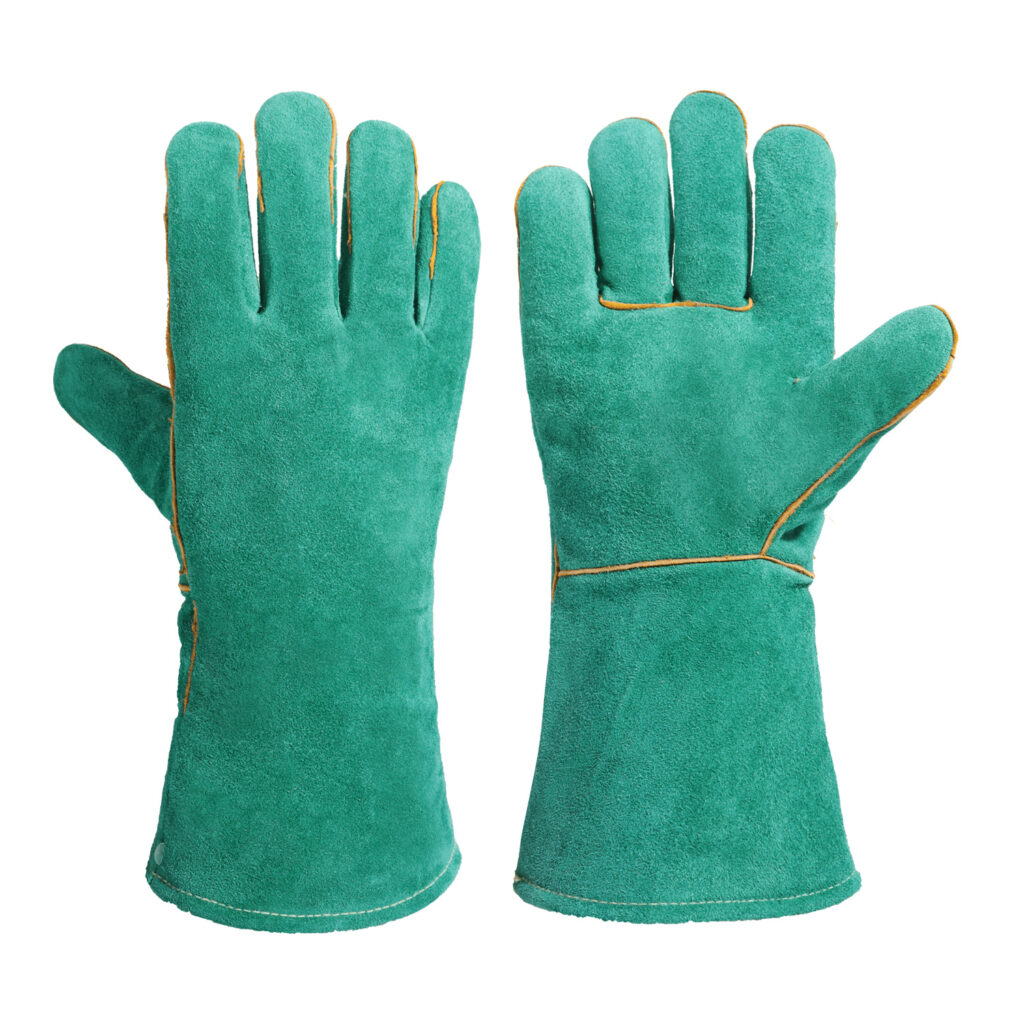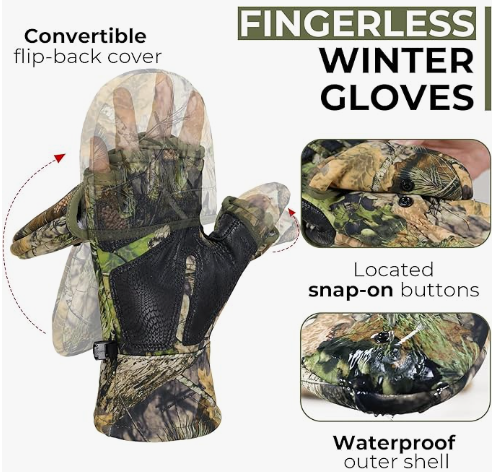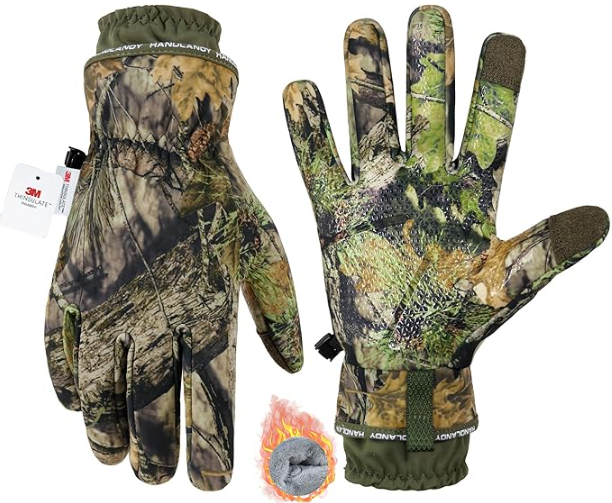Choosing the right welding gloves is essential for safety and comfort across different welding techniques. The best welding gloves depend on the type of welding you are doing: TIG gloves for precision, MIG gloves for balance, and stick welding gloves for heavy protection. Each welding process has unique needs, and selecting the right gloves can make all the difference.
Factors to Consider When Choosing Welding Gloves
To find the ideal welding gloves, consider these key factors:
- Heat Resistance: Gloves must withstand the high temperatures generated during welding.
- Dexterity: Precision tasks require flexible gloves, while heavy-duty jobs prioritize protection.
- Durability: Gloves should endure wear and tear over time without compromising safety.
- Material Composition: Different materials provide unique benefits for each welding type.
- Compliance with Safety Standards: Ensure gloves meet industry standards to guarantee safety.
Best Gloves for Each Type of Welding
1. TIG Welding (Gas Tungsten Arc Welding)
TIG welding requires high precision and generates lower heat compared to other welding types.
- Recommended Gloves: Thin, flexible gloves made from materials like goatskin or deerskin are ideal for TIG welding. These materials offer excellent dexterity, allowing precise movements without sacrificing protection.

2. MIG Welding (Gas Metal Arc Welding)
MIG welding involves moderate heat and requires a balance between protection and flexibility.
- Recommended Gloves: Medium-thickness gloves, often made from cowhide or pigskin, provide a good mix of protection and dexterity. These gloves protect against moderate heat while allowing enough movement for MIG tasks.

3. Stick Welding (Shielded Metal Arc Welding)
Stick welding produces high heat and a lot of spatter, requiring strong protection.
- Recommended Gloves: Thick, durable gloves made from cowhide or elk skin are best for stick welding. These materials offer maximum protection against high heat and spatter, making them suitable for heavy-duty tasks.
4. Flux-Cored Arc Welding
Flux-cored welding is similar to MIG but generates more spatter and heat.
- Recommended Gloves: Heavy-duty gloves with reinforced stitching and heat-resistant materials are ideal. Look for gloves that can withstand both the heat and spatter common with this process.
5. Plasma Cutting
Plasma cutting requires precise movements at high temperatures.
- Recommended Gloves: Gloves that offer heat resistance with enough dexterity for precise control are ideal. Choose gloves with medium insulation and a snug fit to handle intricate tasks while protecting from heat.
Material Guide for Welding Gloves
Different materials offer specific advantages for welding gloves:
- Cowhide: Known for durability and heat resistance, suitable for heavy-duty welding.
- Goatskin: Provides excellent dexterity, making it ideal for TIG welding.
- Deerskin: Balances flexibility and durability, good for light to moderate welding tasks.
- Pigskin: Resistant to oil and water, maintaining softness over time.
- Elk Skin: Offers superior heat resistance and remains soft even after exposure to high temperatures.
Additional Features to Consider
- Cuff Length: Long cuffs provide added protection to the forearm.
- Lining: Insulated linings add extra heat protection and comfort.
- Stitching: Kevlar stitching enhances durability and heat resistance.
- Reinforcements: Extra padding in high-wear areas extends the glove’s lifespan.
Maintenance and Care Tips
- Cleaning: Follow proper cleaning guidelines to maintain glove material.
- Storage: Store gloves in a cool, dry place to prevent material degradation.
- Inspection: Regularly check gloves for wear and tear to ensure they remain safe and effective.
Conclusion
Selecting the right welding gloves based on the type of welding ensures better safety, comfort, and durability. For TIG, choose thin and flexible gloves; for MIG, use medium-thickness gloves; and for stick welding, opt for thick and durable gloves. By considering the specific needs of each welding process, you can ensure maximum protection and efficiency on the job.









